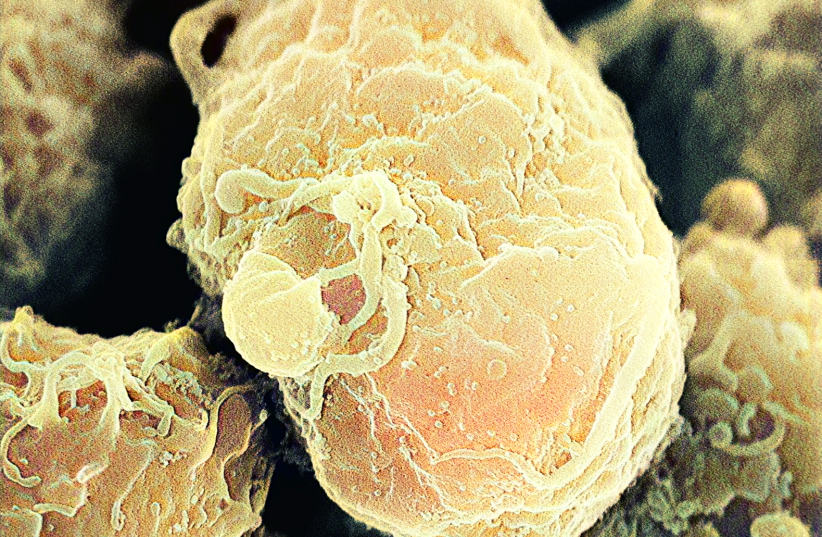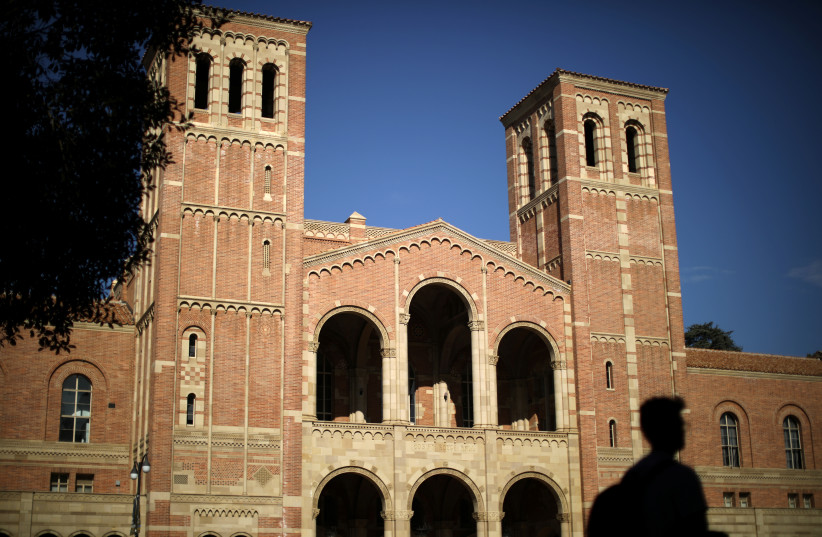As of 2020, nearly 38 million people are infected with the human immunodeficiency virus (HIV), and over 36 million have died from AIDS or related complications since the beginning of the epidemic, according to data from the Joint United Nations Programme on HIV and AIDS (UNAIDS).
Though recent developments in HIV treatment have significantly improved the prognosis, there is currently no known cure. Moreover, the disease is persistent, as infected cells can remain latent in the body for extended periods of time.
But researchers at the University of California, Los Angeles, have refined a treatment they developed five years ago that harnesses natural killer immune cells to destroy cells infected with HIV. They published their results on Monday in the peer-reviewed journal Nature Communications.
The researchers' method forces the virus, while hidden in cells, to expose itself, rendering it vulnerable to existing antiviral drugs.
In 2017, several of the same researchers involved in the recent study infected lab mice with HIV, whose immune systems had been modified to be similar to human ones. Next, they gave the mice a substance called SUW133 to activate the dormant virus, finding that around a quarter of the infected cells died.
In the latest study, the researchers followed the same process, but after they gave the mice SUW133 to activate the latent HIV, they injected them with natural killer cells, completely eradicating the virus in 40% of the mice. They found that this method was more effective than administering just the SUW133 or the natural killer cells alone.
Dr. Jocelyn Kim, assistant professor of medicine in the division of infectious diseases at UCLA's David Geffen School of Medicine and lead author of the study, expressed optimism regarding the results, saying they are a major step toward the eventual development of a cure for HIV.
"These findings show proof-of-concept for a therapeutic strategy to potentially eliminate HIV from the body, a task that had been nearly insurmountable for many years," she said. "The study opens a new paradigm for a possible HIV cure in the future."
Kim added that the research team hopes to continue developing the treatment until they can cure 100% of the mice in future experiments – and that they hope to eventually conduct tests on primates and even humans.

